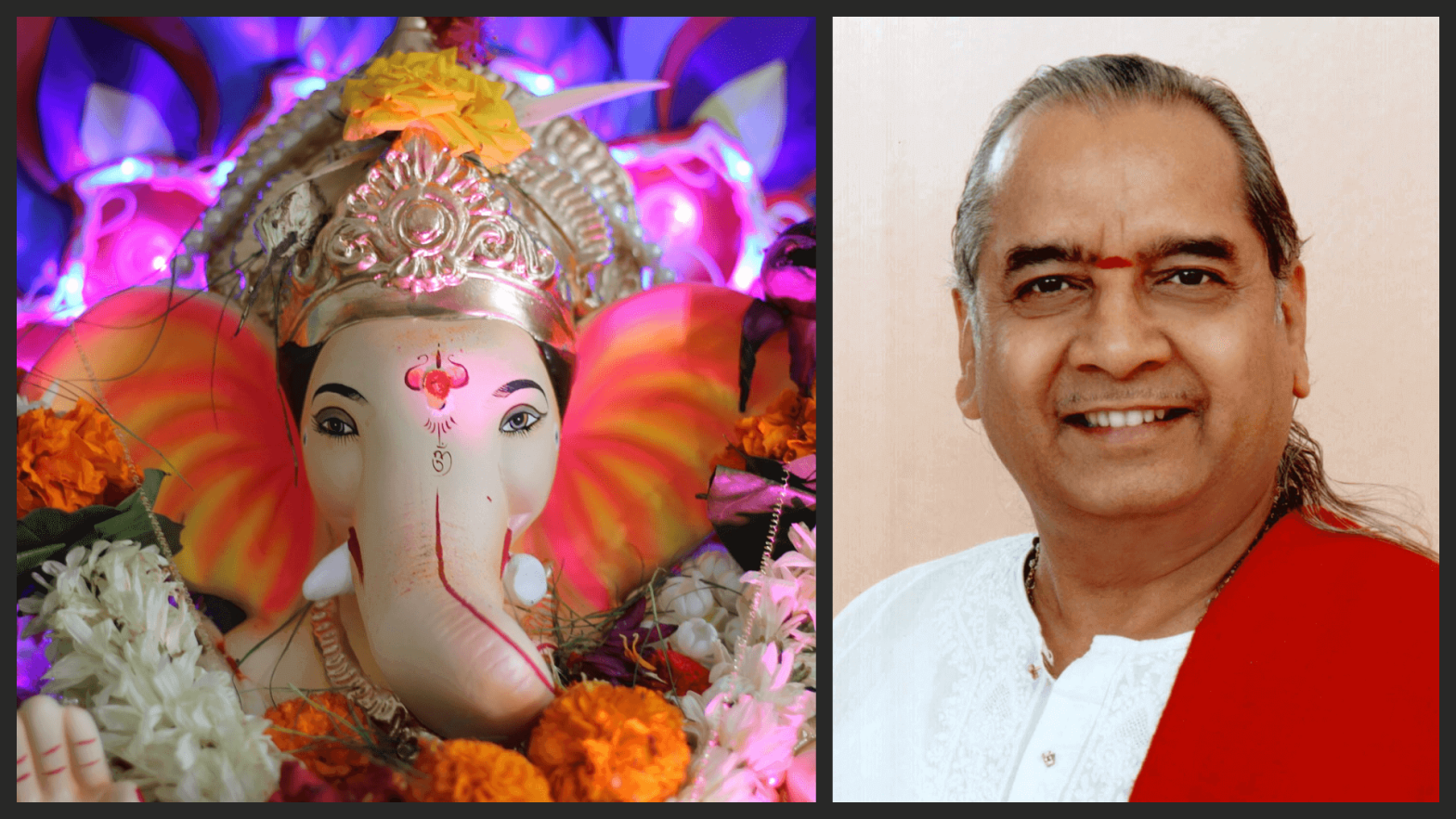The one thing that the entire world depends on is communication. Interactions can make and break relations whether at home or work and even disturb peace and treaties between nations. We, as individuals, are not alone in this world. We must all realize that beyond our blood relations, the entire world is actually our ‘family’. When there is congenial communication between each and every one of us – from the smallest to the largest international level – there will be togetherness, there will be peace. The joy of being able to exchange ideas and interact in harmony is indescribable and indisputable.
Sound, words and language are vital to interaction. While we have already revelled in the celebrations of the Ganpati Festival with rituals, decorations, kirtans, food and music, let us also heed the purpose and meanings and dive within.
Our beloved Shree Ganesh, Ganapati, is also known as Vaachaspati or the deity of speech and communication (vaachaa = speech; pati = lord).
The brain has a specialised centre for speech. Apart from that, it also centres for understanding, collecting and recollecting experiences in the form of memory. These centres collectively help us to understand the different sounds that come from outside and also give ‘sound’ to our thoughts so that they can be expressed as communication. This is an unimaginably complex process and Shree Ganesh is in-charge of all its intricate functions. The entire programming (sankalpana), the energy (shakti) and the adhipati (the deity or controller) of these centres is Lord Ganesh.
One thing that the mind does best and relentlessly is ‘producing thoughts’. The complex web of thought waves goes on incessantly whether we are awake or asleep. When these thoughts are expressed they are done so as speech. It is best when we express truthfully what we think. Often a person thinks something but expresses exactly the opposite and in doing so, act in a very convoluted manner. This leads to problems, or faults, at the level of one’s programming and functioning in the brain. A constant deviation or divergence deflection between thinking and action (including speech), becomes an invitation to ailments like memory loss, lack of concentration and focus. Nowadays, we see more and more people suffering from lack of focus and attention. There is a significant rise in cases of ADH, ADHD, memory loss including Alzheimers and such serious brain conditions. Like all our traditional festivals and rituals, Shree Ganesh Utsav is also actually a therapy planned by our great scientists, the rishis of ancient times, to prevent and resist such deterioration so that we may continue life at the peak of our capabilities for as long as possible.
Among the most important part of the rituals and tradition is the chanting of the Atharvasheersha during Ganesh Utsav. This Vedic Sukta is a program to help sharpen both memory and intellect and improves the capabilities of speech. The word ‘tharva’ means ‘to shake or vibrate’. A-tharva means ‘that which is without vibrant i.e. does not quake or that which remains steady’. The regular chanting of this sukta helps to keep our mind and thoughts steady and reduces the tendency to waver or become unsteady. This is a therapy, coded into our yearly worship and celebrations so that we can avail of its benefits together as a whole society for generations to come. Along with the festive fervour and enjoying modaks, we also need to offer time for these vital traditions. Of course, listening to or chanting the Atharvasheersha regularly, not only during the festival, but throughout the year will definitely offer us amazing results. The real magic of our ancient Vedic ways is to imbibe these techniques, in the guise of rituals, so that we can gain and grow with them and live our lives fully. Only then will we have celebrated our festivals in their true sense.
